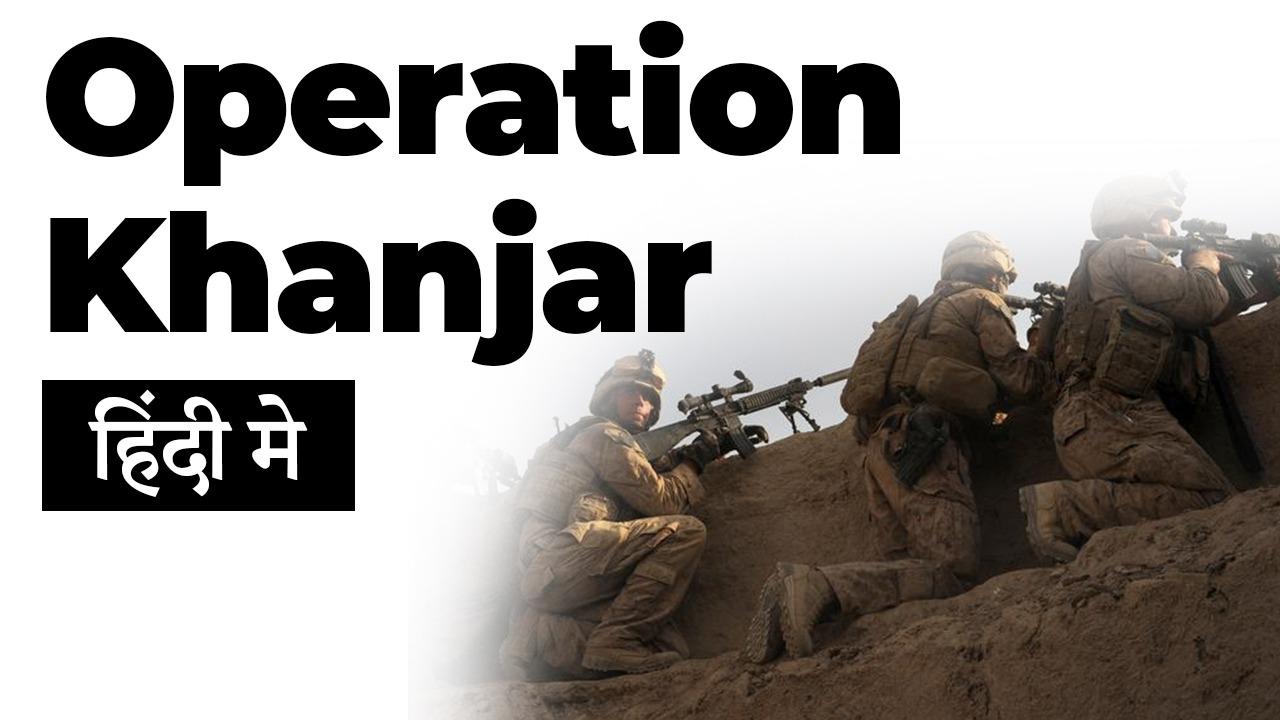Table of Contents
BACKGROUND
- Since 2001, Helmand province was considered to be a Taliban stronghold and had been one of the most dangerous provinces for coalition forces in Afghanistan, with British troops being locked in a stalemate since 2006.
- To help staunch the increasingly violent Taliban insurgency, President Obama, on February 18, 2009, approved an increase in US forces in Afghanistan.
- By early June 2009, over 10,000 Marines had poured into southern Afghanistan, the first wave of the 21,000 troop surge.
BACKGROUND
- The town of Nawzad became a clear example to Afghanistan experts of the challenges facing US forces as they sought to change the tide of the war with a limited number of troops.
- For months, a lone company of Marines was assigned to the town. Requests for reinforcements were turned down as senior Marine commanders had to give priorities to areas with more civilians. • In addition, the Afghanistan presidential elections, scheduled to be held on August 20, 2009, were increasingly being questioned.
ATTACK
- The goal of the operation was not just driving out the Taliban from areas they control, but securing the area to allow the Afghan government to operate.
- The Marines would overwhelmingly assault and then consolidate the ISAF’s hold in the region.
- The conflict began when Marines from 1st Battalion, 5th Marines were dropped by CH-47s and UH-60s helicopters around the town of Nawa-l-Barakzayi, south of Lashkar Gah.
ATTACK
- Although the operation was meant to eliminate the Taliban threat, the operation’s principal focus was to win the locals’ confidence and protect them from Taliban threat.
- Although the troops encountered roadside bombs and small-arms attacks, which resulted in the death of one Marine and several others wounded, commanders opted to mute their return fire. In the first 24 hours of the operation, the Marines did not fire artillery or call for fighter planes to drop bombs.
ATTACK
- On the first day, July 2, Marines made contact with a group of about 20 militants holed up in a mud-brick compound.
- The militants managed to escape. Though fired upon, Marines refrained from destroying many compounds because they could not confirm if civilians were inside.
- Marine officers distributed handbills explaining their presence and talked to residents with the help of interpreters.
ATTACK
- Hundreds of Marines were lifted by helicopter into the village of Nawa-I-Barakzayi, encountering sporadic resistance. Marine commanders noted that Taliban forces seemed to have withdrawn for the time being to observe the Marines.
- On July 2, 2009, approximately 500 Marines arrived at Khanashin been a Taliban stronghold and coalition forces had never had a sustained presence in areas so deep into the southern Helmand River valley.
- By the end of the day, the Marines were able to negotiate entry into the town, encountered no resistance, and began talks.
ATTACK
- On August 12, 2009, U.S. Marines mounted a helicopter assault on the Taliban-held town of Dahaneh, it had been under insurgent control for years.
- Militants also brought in a truck to fire heavy missiles. By sunset, the Marines had made little progress into Dahaneh beyond the gains of the initial pre-dawn assault.
- The second day of the fighting, SuperCobra attack helicopters fired rockets at Taliban positions in the nearby mountains.
- On the third day, Marines launched a pre-dawn raid against a Taliban position on the southern edge.By the fourth day the battle had ended and coalition troops secured the town.
AFTERMATH
- During the operation 14 U.S. Marines were killed. Two Afghan soldiers and one Afghan interpreter working with the Marines were also killed.
- The U.S. does not officially count the enemy dead so it is almost impossible to get an accurate number of the Taliban who died in the operation.
- However, based on a few reports released, it can be concluded between July 2 and 4 also August 12 and 15 at least 49–62 Taliban were killed.
World History | Free PDF
























 WhatsApp
WhatsApp